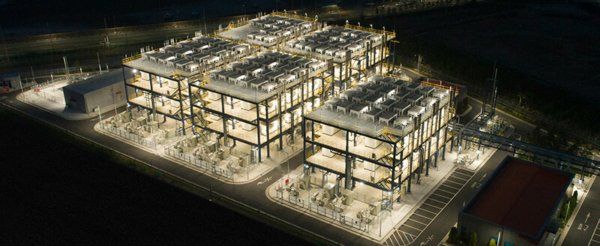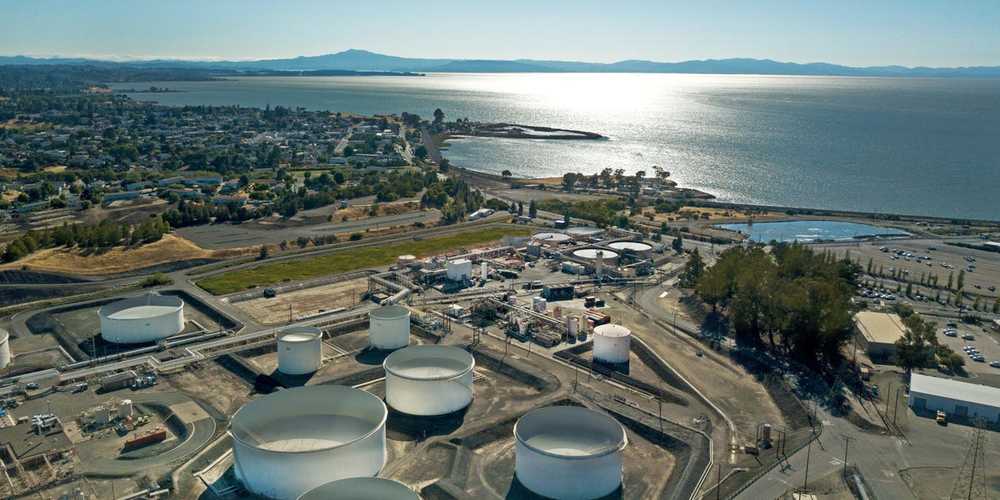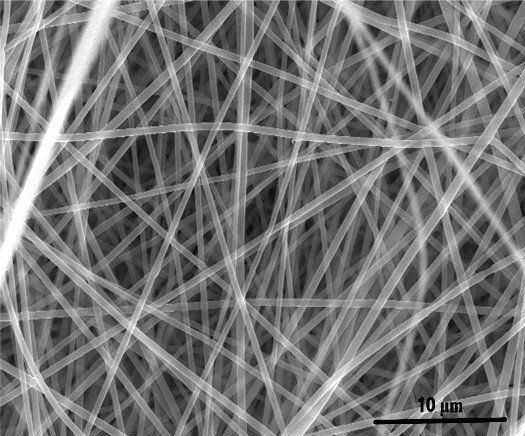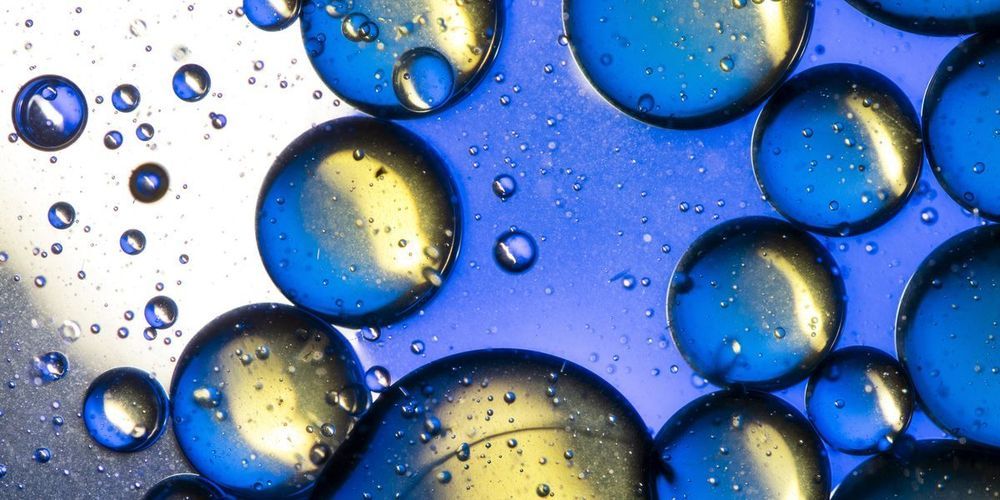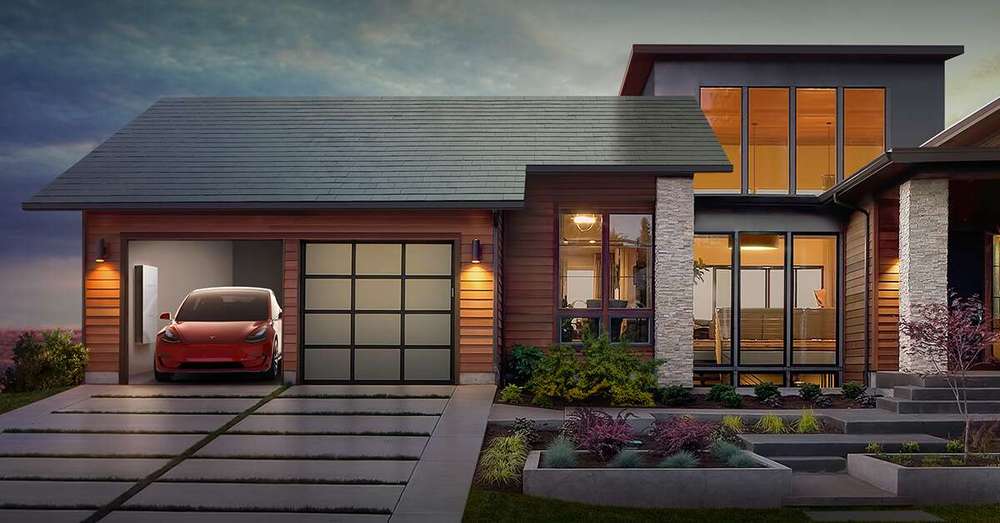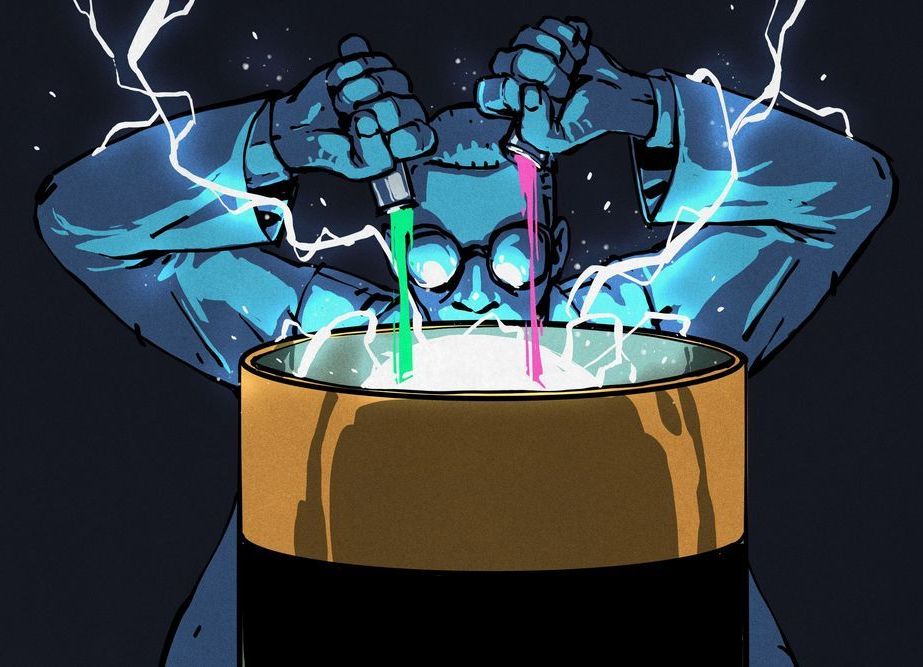Energy solutions company Hanwha Energy has completed its $212m hydrogen fuel cell power plant, located at the Daesan Industrial Complex in Seosan, South Korea.
Built by Hanwha Engineering & Construction, the plant is thought to be the largest industrial hydrogen fuel cell power plant globally, and the first to only use hydrogen recycled from petrochemical manufacturing.
The recycled hydrogen is supplied by the Hanwha Total Petrochemical plant located within the same Daesan Industrial Complex. Hanwha Total Petrochemical pumps the recycled hydrogen into the new power plant via underground pipes and feeds it directly into the fuel cells.
